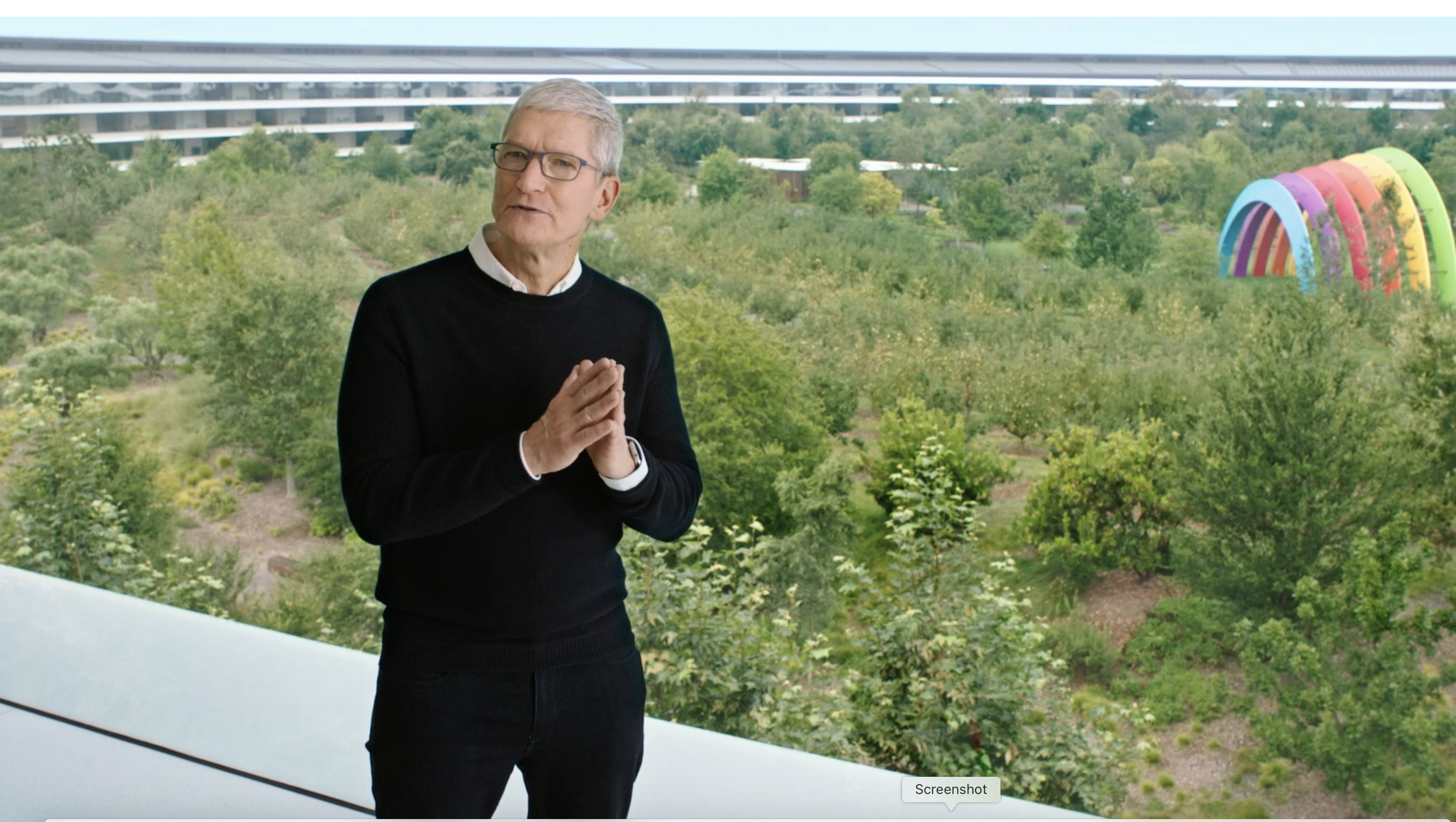

Apple’s hardware event yesterday wasn’t particularly eventful for its most popular devices, bringing only iterative changes to Apple Watch and the iPad. But the company tipped its hand as to a new, aggressive approach to services with a fitness product and new unified subscription called Apple One. What are the implications of this shift?
For one thing, Cupertino is engaging in a form of future-proofing to offset slowing hardware sales and potentially a loss of App Store income.
And yet some of the services may not survive the next few years. What happens when no one wants to pay for Apple Arcade or TV+? Will its newest service, Fitness+, impact self-employed fitness workers who are building their own brands by undercutting them and offering exclusive watchOS integration?
Lastly, the whole deal may look different depending on what country you live in — and no one likes to feel left out.
TC staff dilate on these possibilities below:
- Brian Heater: This is Apple’s new bread and butter.
- Kirsten Korosec: If you’re a self-employed fitness pro, Apple just ate your lunch.
- Lucas Matney: Apple One is doomed from the start.
- Devin Coldewey: Apple’s increasingly complex global ecosystem.
This is Apple’s new bread and butter
Brian Heater

Image Credits: Apple
Of course Apple’s not at any risk of losing money on the hardware front. It still sells a ton of iPhones, a lot of computers and more smartwatches than anyone else. But certain categories are seeing a slow down. The iPhone in particular — the long-time tentpole product of Apple’s hardware offering — has been impacted as smartphone sales have plateaued and slowed down nearly across the board.
Accordingly, services have become an increasingly important piece of Apple’s quarterly revenue. Earlier this year, the company noted a year-over-year sales increase of 17%, due in no small part to recent additions like Arcade and TV+. Today’s addition of Fitness+ will no doubt juice the numbers even further, arriving at a perfect moment for in-home workouts amid the COVID-19 pandemic.

